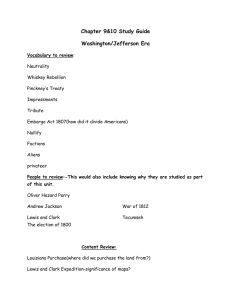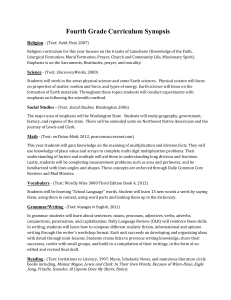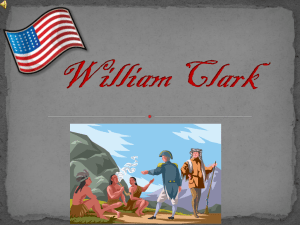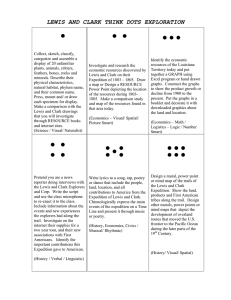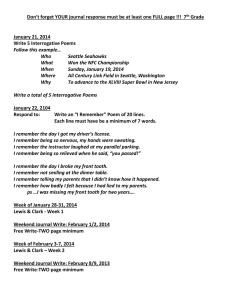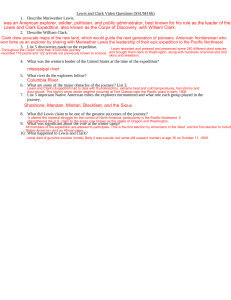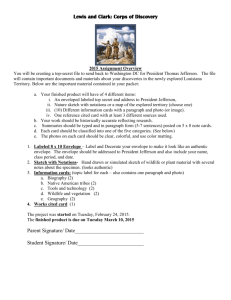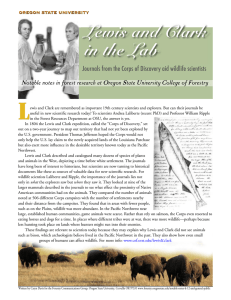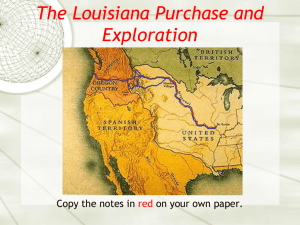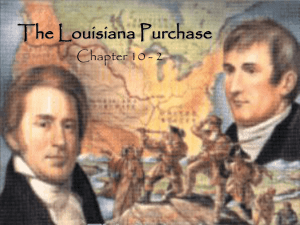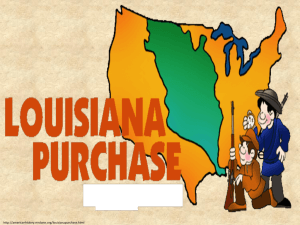Lewis & Clark Text
advertisement
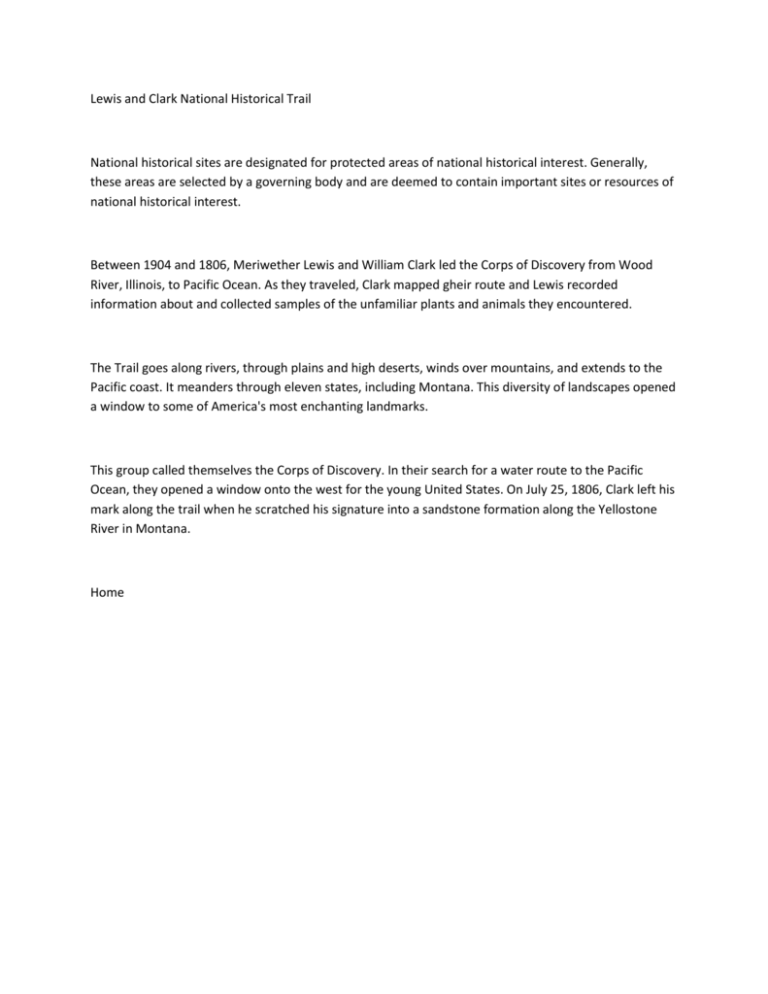
Lewis and Clark National Historical Trail National historical sites are designated for protected areas of national historical interest. Generally, these areas are selected by a governing body and are deemed to contain important sites or resources of national historical interest. Between 1904 and 1806, Meriwether Lewis and William Clark led the Corps of Discovery from Wood River, Illinois, to Pacific Ocean. As they traveled, Clark mapped gheir route and Lewis recorded information about and collected samples of the unfamiliar plants and animals they encountered. The Trail goes along rivers, through plains and high deserts, winds over mountains, and extends to the Pacific coast. It meanders through eleven states, including Montana. This diversity of landscapes opened a window to some of America's most enchanting landmarks. This group called themselves the Corps of Discovery. In their search for a water route to the Pacific Ocean, they opened a window onto the west for the young United States. On July 25, 1806, Clark left his mark along the trail when he scratched his signature into a sandstone formation along the Yellostone River in Montana. Home

